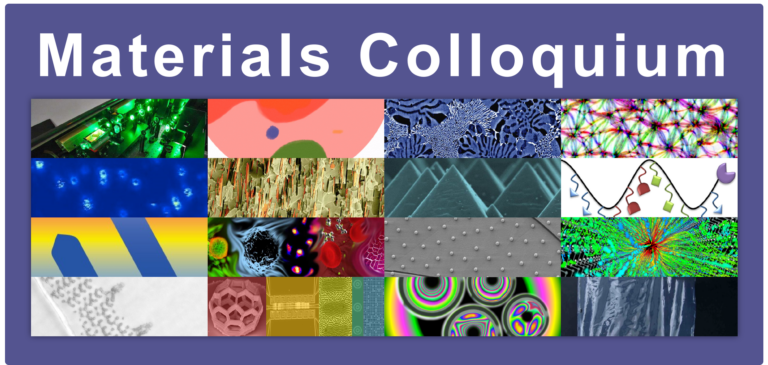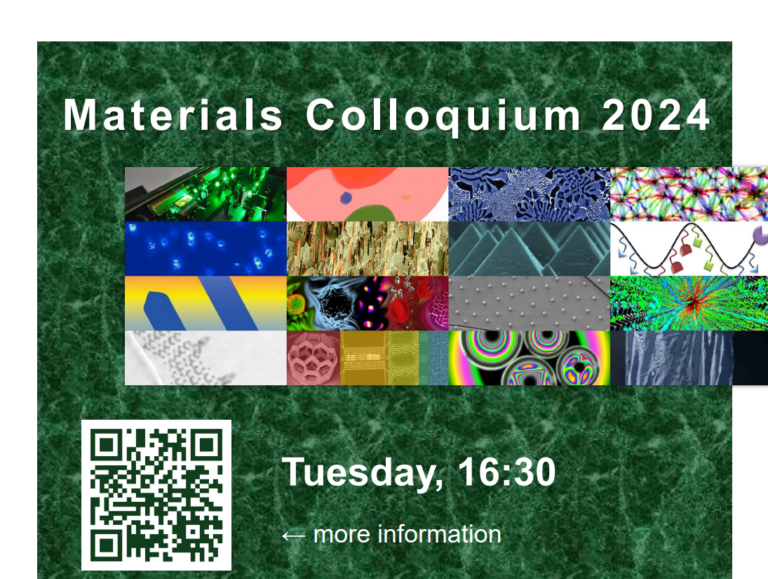Materials Colloquium 2025, June 5th

Lecture Hall HCI J7, 16:30 Prof. Arkadiy Simonov Laboratory for Disordered Materials, ETH Zürich Gas Storage in Disordered Materials Gas storage materials are typically studied through average structure measurements, but this approach misses important structural changes during material activation and…



